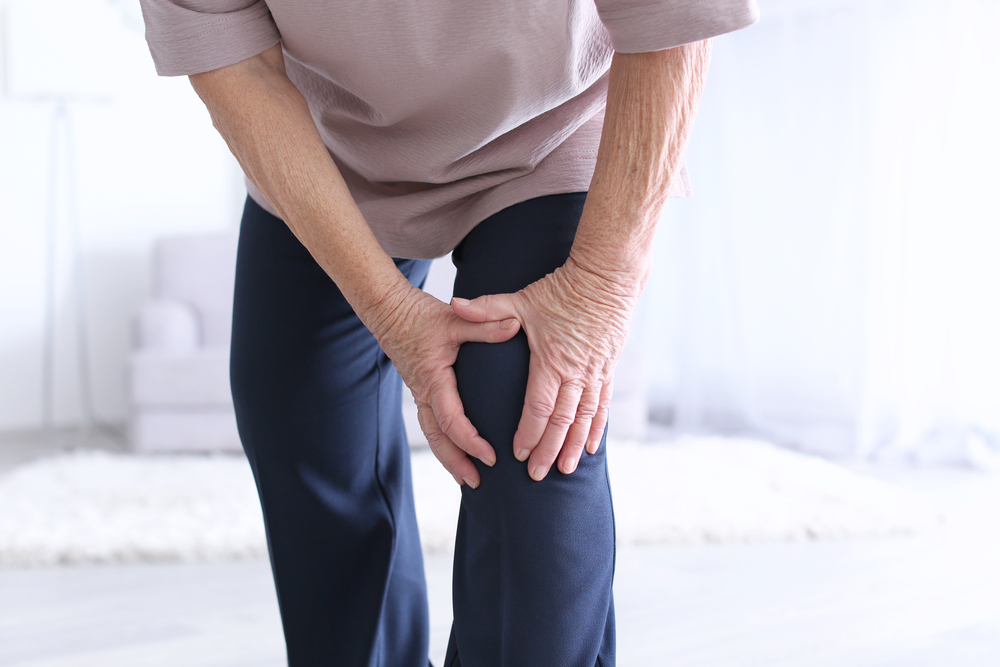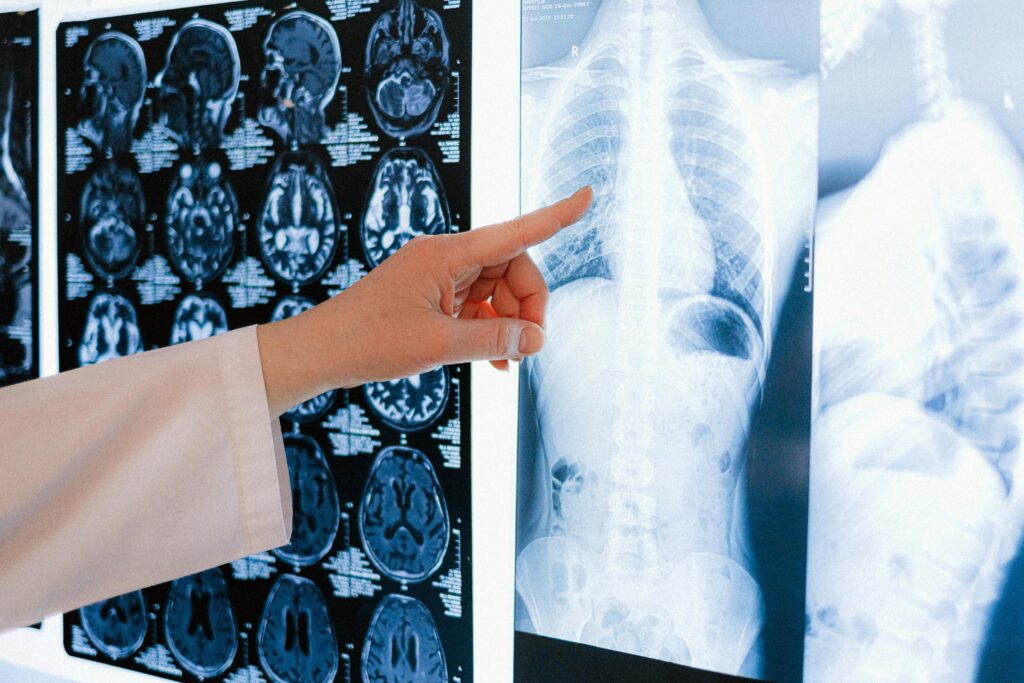Arthritis in Winter: 13 Expert Tips to Alleviate Pain

Cold weather can often exacerbate pain caused by arthritis. If you’re a sufferer, you may be seeking ways to alleviate that pain and understand the science behind the correlation.
We’re here to help.
Table of Contents
Kieran Harris, mobility and stairlift solutions expert here at Senior Stairlifts, warns that the increased chance of snow from colder, drier weather means millions of people who suffer from arthritis will experience intensified symptoms in the coming months as the UK heads into a perilous winter.
For those struggling with the condition, it’s essential to explore ways to manage arthritis in the colder months to maintain a fulfilling life.
We’re here to provide you with some of the best ways to combat pain and feel less discomfort during the winter.
Is Cold Weather Bad for Arthritis?
Health experts have said that arthritis sufferers will likely see their symptoms worsen this winter, as we’re predicted to see a drier and colder season due to the weather phenomenon El Niño.
El Niño is part of a natural weather cycle and normally occurs every three to seven years. It increases the chance of the UK having colder, snowier winters followed by warmer summers. Professor Adam Scaife, head of long-range prediction at the UK’s Met Office, advises, “El Niño years tend to have a mild wet and westerly start to winter (Nov-Dec) and a colder, drier end to winter (Jan-Mar) across most of northern Europe”
The NHS defines arthritis as a common condition which causes pain and inflammation in a joint, resulting in pain and affecting millions of people of all ages across the UK. Osteoarthritis is the most common type of arthritis in the UK, most often developing in people in their mid-40s or above.
During winter, the drop in temperature leads to the contraction of muscles and surrounding tissues, causing increased stiffness and discomfort in the joints.
How to Manage Intensified Pain in Winter (Health Expert-Approved!)
Health experts from Freehab, who provide free access to advice, support and rehabilitation for injuries and chronic conditions, emphasise the importance of exercise and lifestyle adjustments to alleviate pain and improve joint health. Sports rehabilitator and founder, Ollie Coburn, explained:
“Although It might be difficult to be mobile, I encourage people to remain as physically active as possible as this can promote normal joint function.”
“Activities like yoga and pilates are great low-impact forms of exercise, which can promote flexibility, improve strength and help to maintain joint function. Aqua therapy, like water aerobics and swimming, can be another relaxing way of encouraging movement in the body without placing excessive stress on the joints.”
Ollie also provided the following tips to help manage symptoms.
Hydrate and Nourish The Body
He explained: “Hydration and nutrition play a big role in keeping joints lubricated and working efficiently. Dry mouth and joint aching can be indicators that you’re dehydrated. The advice I give my patients is that the body should receive on average 6 to 8 cups of water daily, roughly 1.5- 2 litres.”
“Foods rich in Omega 3 fatty acids can benefit the body, improving symptoms associated with arthritis, such as inflammation, stiffness and pain.”
Apply Heat
“For those people with joint pain and stiffness looking for symptomatic relief, there are aids out there you can incorporate into your daily lifestyle, like warm compresses or heat pads to keep your joints warm on the go or while you relax. Placing this on the affected area can relieve joint pains and aches, improving mobility and comfort.”
Switch Your Chair
“For my patients who work in an office role or generally sit at a desk for a significant part of the day, I recommend investing in a workplace assessment and ergonomic chairs and aids, ensuring the work environment is comfortable and supportive. It’s also good to take regular movement breaks if possible, even if it’s just a short walk around the office or standing up to take a phone call.”
Experienced physiotherapists – Joanne Fidock, Physiotherapy Regional Lead at Nuffield Health and Lyndsay Hirst – Clinical Director at the Leeds Physiotherapy and Pilates Practice, have shared their exercise tips with Senior Stairlifts, which cover everything from cardiovascular exercise and strength training to water workouts and clinical pilates, designed for arthritis sufferers of all ages.

Clinical Pilates
Clinical pilates is a traditional pilates-type exercise combined with a physiotherapy assessment.
Lyndsay explained: “It’s definitely growing in popularity. It takes the traditional 34 mat pilates exercises and adapts them to suit different conditions. It’s great to raise awareness of this method for people with joint conditions. It works by mobilising the joints and building strength in the stabiliser muscles that help to support joints as they move, and will help the whole body with alignment, which is important for joint health. We assess our patient’s movement patterns to create tailored workouts for them.
“Most people we see are in the 60 plus age bracket, although we do see people in their 40s with degenerative changes on X-Rays. Lots of people I meet with pain become very fearful of moving because they’re worried the pain will get worse, when in fact when we get them moving they realise it’s the best thing to do – most pain can be eased with exercise.”
Heel Raises
“Heel raises are a good place to start. Stand with your weight spaced out evenly between your feet, your kneecaps soft and your pelvis in its neutral position – imagine your pelvis as a bowl of water full to the brim, make sure not to tilt it forwards or backwards. Lift your chest and tuck your chin down. Inhale to prepare, and as you exhale lift both heels away from the floor, making sure your ankles don’t wobble. You can imagine a piece of string pulling you up to the ceiling. As you breathe in, lower your heels to the ground. Keeping your body in a straight line as you lift your core and work your postural muscles.”
One Leg Stretch
“One leg stretch at level one is particularly good for arthritic knees – it can help stretch the knee, work the core and strengthen the quad muscle. Lay on your back with your knees bent and your heels in line with your sit bones.
“Imagine you have a marble under your lower back. Keep your lower back in contact with the marble – don’t squash it or lift away from it. Inhale to prepare and as you exhale straighten your right leg as though you are rolling a tennis ball to a wall at the end of your foot. Straighten the knee as best you can to activate the thigh muscle but remember not to lift your back away from the marble. As you inhale, roll the imaginary tennis ball back to the start. Repeat on the other side.”
Joanne also shared her exercise tips below.
Cardiovascular Exercise
Joanne said: “This type of exercise boosts your heart rate and lung capacity, which supports a healthy immune system and helps to reduce inflammation and pain in your joints. Examples include brisk walking or cycling on an indoor bike – which can benefit those with arthritis in their knees or hips because it mobilises the joints while boosting the cardiovascular system.”
Water Exercises
“Exercising in water can be useful, particularly if your condition is really painful, as the water takes the load off the joints while providing gentle resistance to strengthen the muscles around them. Using a warm pool can also be soothing. Try normal swimming or if this is too challenging, march forwards, backwards and sideways in the water.”
Strength Training
“Strength training using either body weight, fixed or free weights can help to strengthen the muscles around joints, leaving them stronger. They can help to build muscle and improve tolerance to load and protect the joints.”
Hip Bridge
“Lie in the ‘sit-up’ position with your knees and feet together. Press through your feet and raise your hips off the floor as high as you can, hold for five seconds then return to the floor. Repeat five times, then rest for one minute, then repeat again. If this is too easy, when you raise your hips extend one leg out straight and hold for three-to-five seconds. Return to the floor and repeat with the other leg.”
Step-Up
“Place a step next to something you can hold on to – you could even use the bottom step on stairs and hold on to a bannister. Place one foot on the step, holding on if you need to, and raise the other leg, bending your knee to a 90-degree angle. Hold for a second before returning the foot to the ground and repeating on the other side. If this is too difficult, try toe taps instead. Or if you’d like a more challenging alternative, add a toe tap to your step up.”
Wall Press
“Place your hands against a wall at about shoulder height, lean slightly into the wall and perform a press up against the wall. To make this exercise easier, reduce the lean into the wall, or increase it to make it harder.”
Bicep Curl
“Holding a weight in each hand, bend your elbows lifting the weights up towards your shoulder. Return to the start position of a straight arm. To make this exercise harder, increase the weight. To make it easier, perform it sitting down.”
Joanne added: “It’s common to experience flares in pain when you have arthritis and are experiencing increased symptoms. Exercise can be continued, but at a level that is manageable at the time. If you’re struggling with the stairs, it can feel frustrating that you are not able to do what you can normally. Arthritis pain does tend to flare and ease, you can continue your exercises in a graded way to work on rebuilding your capacity for the stairs.”
As the temperature drops, arthritis sufferers will undoubtedly find themselves experiencing increased pain and discomfort. From staying warm and active to maintaining a healthy diet and switching up workspaces, there are various avenues to explore for relief, allowing individuals to navigate the impact of winter on symptoms and reclaim a sense of control over their health and wellbeing.
Sources
Kieran Harris – Founder & CEO of Senior Stairlifts
Joanne Fidock (nee Gough) – MSc BSc, is registered with the Health and Care Professionals Council, and Chartered Society of Physiotherapy.
Lyndsay Hirst – BSc (Hons) Physiotherapy MCSP, SRP.